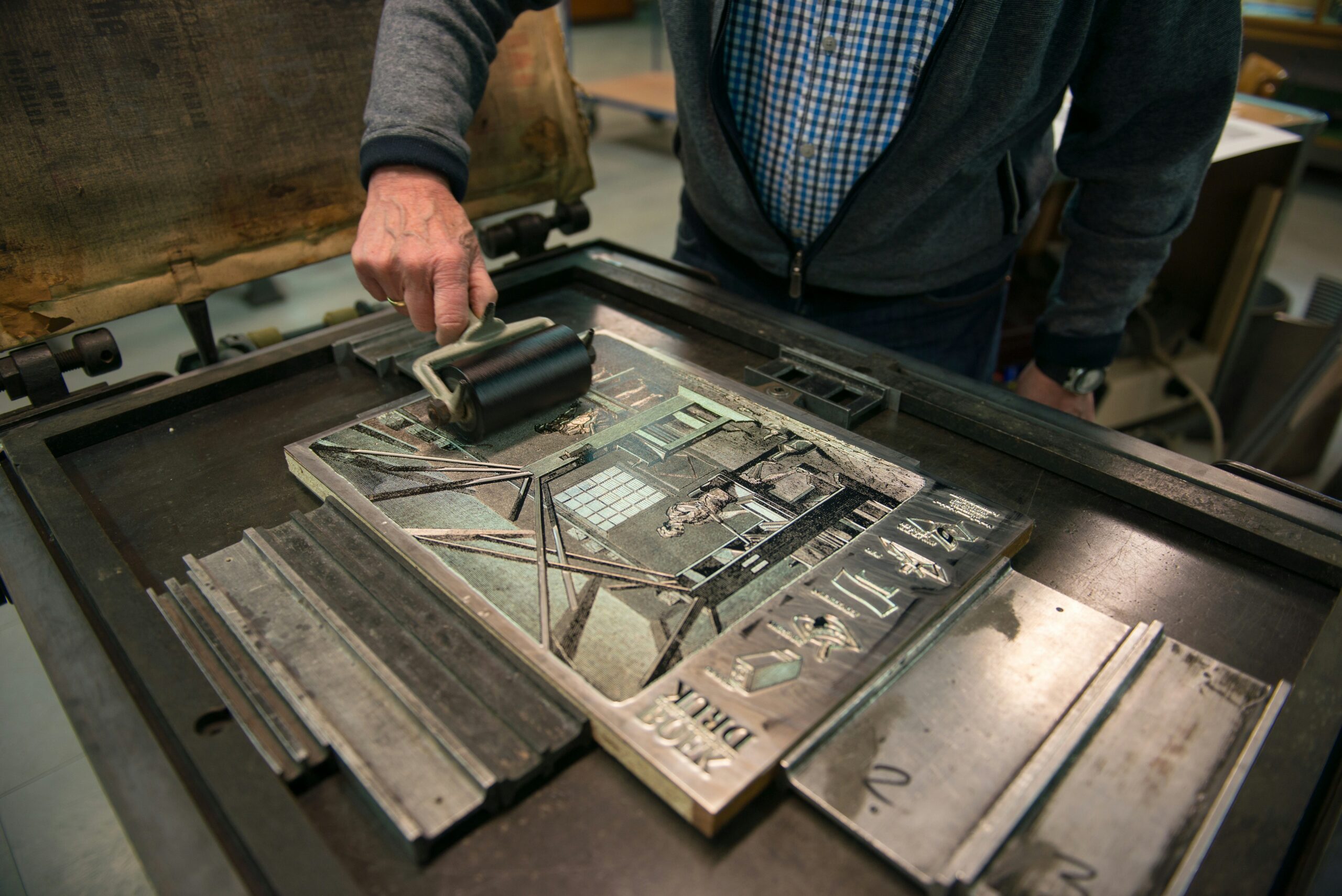Heidelberg machines are globally recognized for their exceptional printing quality, reliability, and durability. However, in India, these machines face distinct challenges due to the country’s diverse environmental and operational conditions, which can impact their performance and lifespan.
Challenge 1. _Temperature and Humidity_: India’s tropical climate, characterized by extreme temperatures (up to 45°C) and humidity levels (up to 90%), can affect the machine’s performance and lifespan. Heidelberg machines, designed for European climates, may require additional cooling systems or specialized maintenance to operate efficiently.
2. _Power Quality_: India’s power grid can be unpredictable, with frequent power outages and voltage fluctuations (up to 20%). This can damage Heidelberg machines, which require a stable power supply to function optimally. A study by the Indian Electrical and Electronics Manufacturers Association found that power quality issues can result in equipment failure rates of up to 30%.
3. _Dust and Pollution_: India’s urban areas are often plagued by high levels of dust and pollution, which can affect the machine’s mechanical components and printing quality. For instance, a study by the Indian Institute of Technology found that particulate matter (PM) levels in Indian cities can be up to 5 times higher than the recommended limit.
4. _Maintenance and Support_: Heidelberg machines require regular maintenance and skilled technicians to operate efficiently. In India, finding qualified technicians and obtaining genuine spare parts can be challenging, particularly in rural areas. Unlocking Growth Opportunities with Heidelberg Machines
1. _Growing Demand_: India’s printing industry is growing rapidly, driven by increasing demand for packaging, labels, and commercial printing. According to a report by ResearchAndMarkets, the Indian printing industry is expected to grow at a CAGR of 12% from 2020 to 2025.
2. _Competitive Advantage_: Heidelberg machines are known for their exceptional print quality, which can be a major differentiator for Indian printers looking to stand out in a competitive market. By leveraging Heidelberg’s technology, Indian printers can produce high-quality prints that meet international standards.
3. _Customization and Upgrades_: Heidelberg machines can be customized and upgraded to meet the specific needs of Indian printers, such as adding special coatings or effects to prints. This can help Indian printers differentiate their products and services in a crowded market.
Best Practices for Operating Heidelberg Machines in India
1. _Regular Maintenance_: Regular maintenance is crucial to ensure the machine operates efficiently and effectively. This includes daily cleaning, weekly lubrication, and monthly inspections.
2. _Climate Control_: Investing in climate control systems, such as air conditioning or dehumidifiers, can help maintain a stable environment for the machine. This can reduce downtime and extend the machine’s lifespan.
3. _Power Conditioning_: Installing power conditioning equipment, such as UPS systems or voltage stabilizers, can help protect the machine from power fluctuations. This can prevent damage to the machine and reduce downtime.
4. _Training and Support_: Providing regular training and support to operators and technicians can help ensure the machine is operated correctly and maintained effectively.In conclusion, Heidelberg machines offer Indian printers a unique combination of quality, reliability, and flexibility. By understanding the challenges and opportunities of operating in India, printers can unlock the full potential of their Heidelberg machines and achieve significant business benefits.







